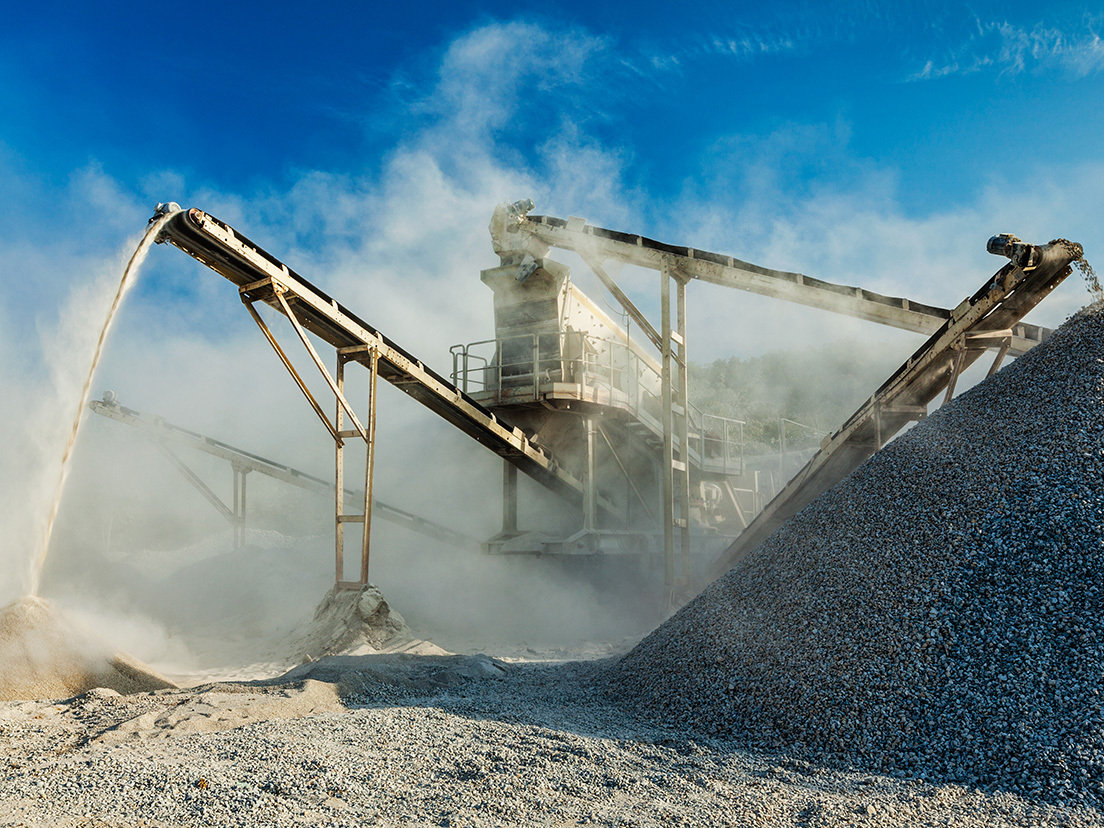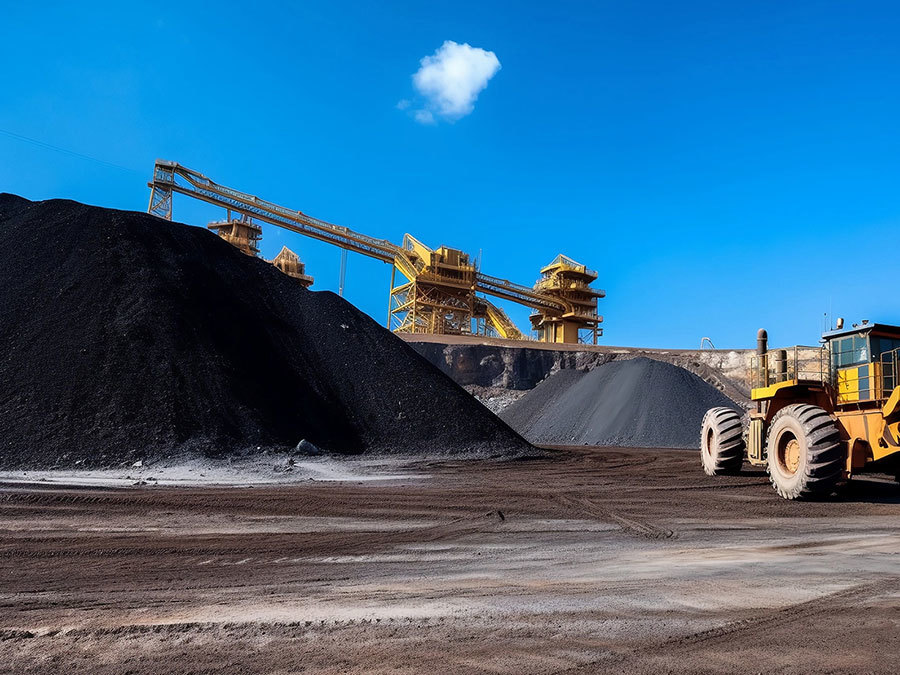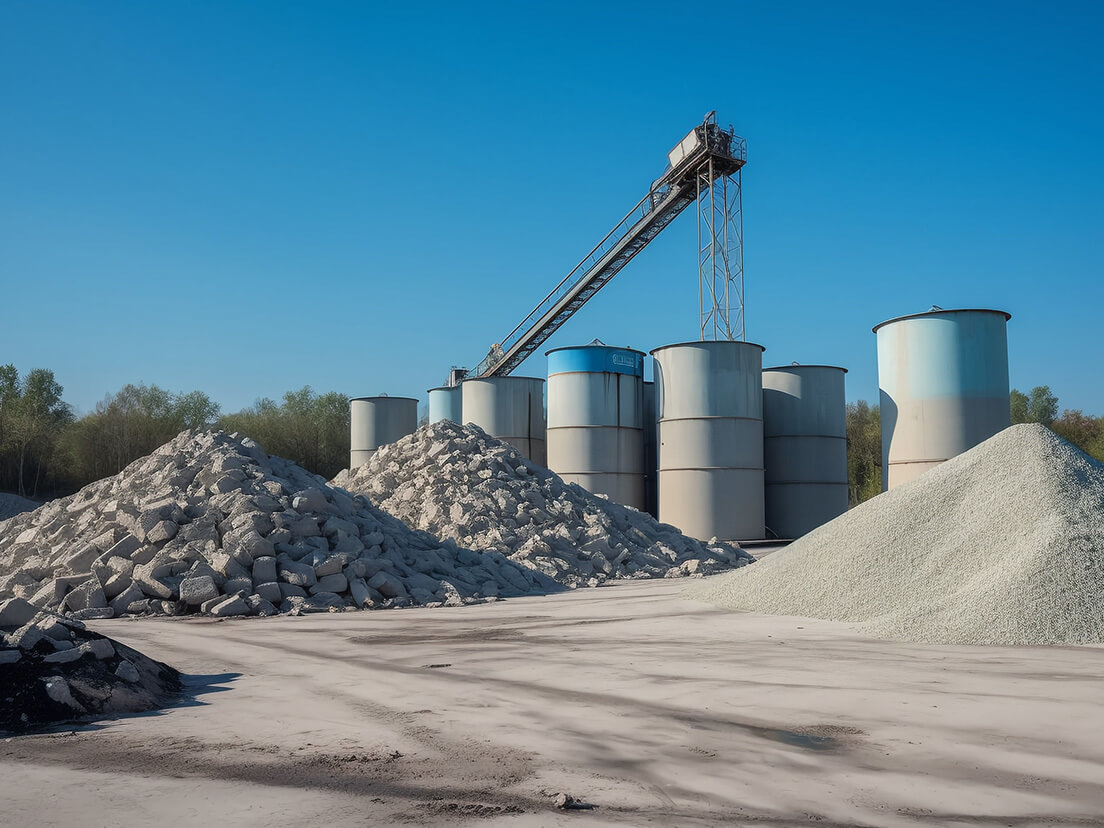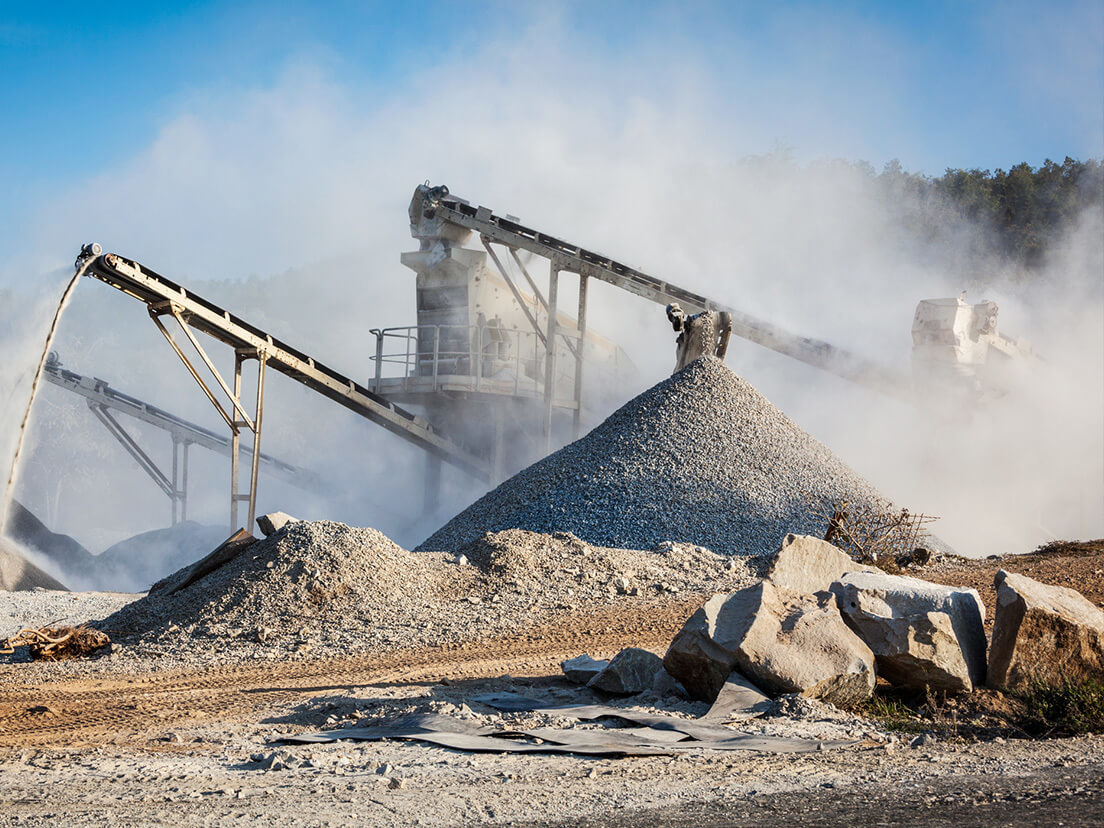Dinghao Machinery Sand Making Production Line
Release time:
2025-07-08
Sand making production line, also known as artificial sand production line, is a special production line for producing construction sand and stone materials. It consists of crushing/sand making equipment, screening and conveying equipment, etc., and is suitable for nearly 300 kinds of materials such as limestone, river pebbles, and granite. We have a professional technical team to help customers tailor-make the process flow and reduce costs. The following is a detailed introduction.
Sand making production lines, also known as artificial sand production lines, are specialized production lines for producing construction sand and aggregates. They consist of crushing/sand making equipment, screening and conveying equipment, etc., and are suitable for nearly 300 types of materials such as limestone, river pebbles, and granite. We have a professional technical team to help customers tailor-make process flows and reduce costs. A detailed introduction is provided below.
Complete Analysis of the Sand Making Production Line Workflow
With the booming development of infrastructure construction in buildings and roads, the demand for sand and aggregate is increasing day by day, and the importance of sand making production lines is becoming increasingly prominent. The workflow of the sand making production line and the functions of its various systems will be introduced in detail below.
- Specific Workflow of a Sand Making Production Line
1. Raw Material Storage: Large stones are first transported to the warehouse for storage. This is the starting point of the entire sand making process. The existence of the warehouse ensures the continuity of production and prevents production interruptions due to insufficient raw material supply.
2. Feeding Stage: The feeder plays the role of "quartermaster" in the sand making production line. It evenly feeds the large stones from the warehouse into the subsequent crushing equipment. The vibrating feeder is a commonly used device. It can withstand the impact of large material falling, has a large feeding capacity, and can uniformly, regularly, and continuously feed blocky and granular materials from the storage bin to the receiving device, preventing the receiving device from malfunctioning due to uneven feeding and extending the service life of the equipment. In addition, other types of feeding equipment are available to meet different production needs.
3. Primary Crushing: After uniform feeding by the feeder, the stones enter the jaw crusher for primary crushing. The jaw crusher is the main force in the coarse crushing stage. It has the characteristics of a large crushing ratio and high efficiency, and can initially crush large stones into smaller stones, preparing for the subsequent medium and fine crushing processes.
4. Secondary Medium and Fine Crushing: The crushed stones are sent to the cone crusher for secondary medium and fine crushing by a belt conveyor. The cone crusher is more suitable for processing materials with higher hardness and has the advantages of large crushing force, high efficiency, and low energy consumption. Cone crushers can be selected according to the properties of the raw materials and production requirements to further crush the stones into smaller particles.
5. Tertiary Sand Making and Screening: The medium and fine crushed materials are transported to the vertical shaft impact crusher for tertiary sand making. The vertical shaft impact crusher throws the materials out through a high-speed rotating impeller, causing them to collide and rub with the surrounding materials or liners, thus achieving further crushing and shaping of the materials, producing artificial sand that meets the required particle size. Then, the artificial sand enters the circular vibrating screen for screening. The circular vibrating screen can separate artificial sand of different particle sizes. Materials that do not meet the particle size requirements will be returned to the sand making machine for reprocessing, forming a closed-loop cycle to ensure the uniformity and consistency of the product particle size.
6. Sand Washing Stage: If the screened artificial sand has strict requirements for powder content, it needs to enter the sand washing machine for cleaning and impurity removal. The sand washing machine can remove mud, dust, and other impurities from the surface of the artificial sand, improving the quality and purity of the artificial sand, making the various indicators of the artificial sand more in line with the standards of construction sand.
7. Finished Product Conveying: The artificial sand after sand washing is conveyed to the finished product pile by a conveyor for subsequent use or sale. The conveyor efficiently and stably transports the artificial sand to the designated location, ensuring the smooth progress of the production process.
- Functions of Each System in the Sand Making Production Line
1. Feeding System: The core task of the feeding system is to feed raw materials to various crushing and screening equipment to ensure stable raw material supply for the entire production line. In addition to the common vibrating feeder, other types of feeding equipment, such as plate feeders and belt feeders, can be selected according to different production conditions to meet different feeding needs.
2. Sand Making System: The crushing and sand making system is the key to the entire equipment. It is like the "heart" of the production line, responsible for crushing various ore raw materials into finished materials of the required particle size. A production line usually consists of multiple crushers and sand making machines. These equipment have different mechanical properties and work together to complete the crushing and sand making of stones. Different types of crushers and sand making machines differ in crushing principle, applicable materials, production capacity, etc., so reasonable configuration is needed based on the properties of the raw materials, production scale, and product requirements to achieve the best production effect.
3. Screening and Conveying System: The main function of the screening and conveying system is to screen the processed sand through screening machinery, classify artificial sand of different particle sizes, and transport the classified artificial sand to their respective sites. In this process, circular vibrating screens will be used. The screening equipment has high screening efficiency and accuracy, and can accurately classify artificial sand according to particle size. At the same time, the conveyor is responsible for transporting the screened artificial sand to the finished product pile or other designated locations, ensuring the continuity and efficiency of the production process.
In summary, the sand making production line, through a reasonable workflow and the coordinated cooperation of various systems, can efficiently and stably produce artificial sand that meets the standards of construction sand. In actual production, the equipment configuration and process flow of the production line can be adjusted appropriately according to specific production needs and raw material characteristics to achieve the best production efficiency.
Key words:
Learn more about industry dynamics
A mining machinery manufacturing enterprise that mainly produces crushing and screening machinery, integrating R & D, design, processing, manufacturing, sales and after-sales service.
Focus on crushing and screening machinery industry solutions
58 Guangshen Road, Luoxin Park, Economic and Technological Development Zone, Xin'an County, Luoyang City, Henan Province
Online message
We will contact you within one working day. Please pay attention to your phone or email.








